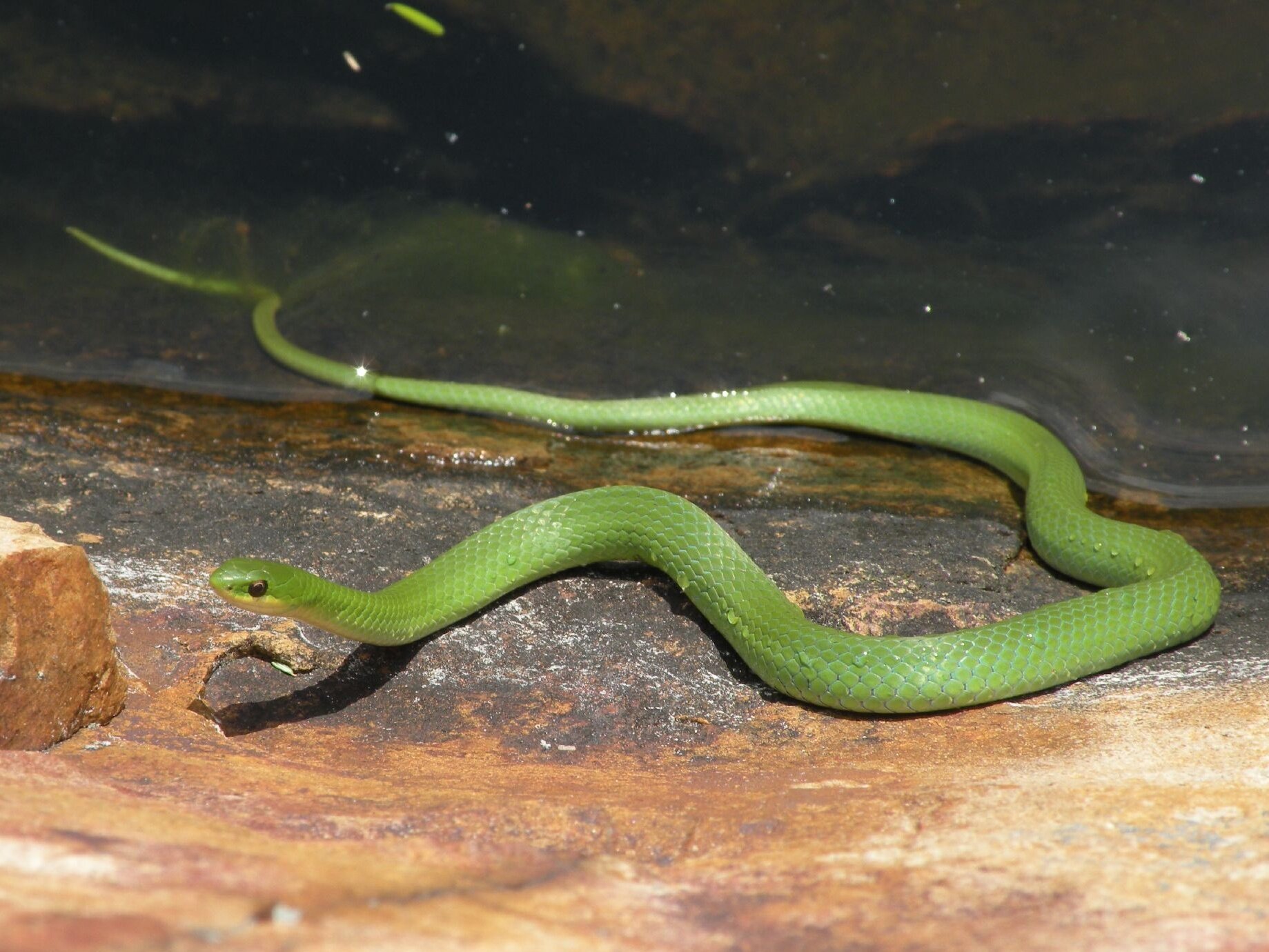Where Do Snakes Go in the Winter?
Everyone loves cute animals. Rabbits, foxes, ducklings, and other fuzzy creatures usually come to mind when we think of nature. While these animals are important to our ecosystem, there are other, less cuddly creatures that are just as important. Snakes are one example. A lot of people have negative opinions about snakes born from misconceptions and prejudices perpetuated by the media. In truth, they are fascinating creatures.
Like turtles and frogs, snakes are ectotherms. This means that their body temperatures depend on the temperature of their environment. This causes a problem during winter when freezing temperatures will kill snakes.
To survive the frigid weather, snakes hide away in dens called hibernacula. These can be the burrows of other animals, holes in the ground, or even someone’s basement. It mainly needs to be a space that lies below the frost line so the snakes don’t freeze to death. Many snakes can inhabit a single hibernaculum at one time, even different species.
Most snakes will find an already existing hibernaculum, but some species like hognose snakes can even dig their own. These hibernacula can exist for years, even decades, and snakes may return to the same site year after year.
While in these dens, snakes undergo what’s called brumation. While hibernation is only done by warm-blooded animals, brumation is when cold-blooded animals’ body temperatures decrease and their metabolisms slow down. They are awake during brumation, though very sluggish. When a cold spell is interrupted by a warm day, snakes may venture outside to warm up and drink some water. When they finally do come out of brumation during the spring, snakes will move to a sunny spot to warm up their body temperature.
At Sunset Hill Farm, we have seen garter snakes and northern water snakes around the park. Milk snakes and hognose snakes are also native to northwest Indiana, but we haven’t seen them at Sunset Hill. If you happen to come across one while you’re hiking, it’s best to leave them alone. They’re just trying to warm up so they can flee from predators and not get eaten.
Keep an eye out for them at our parks this spring. We hope you learned some fun facts about snakes!

